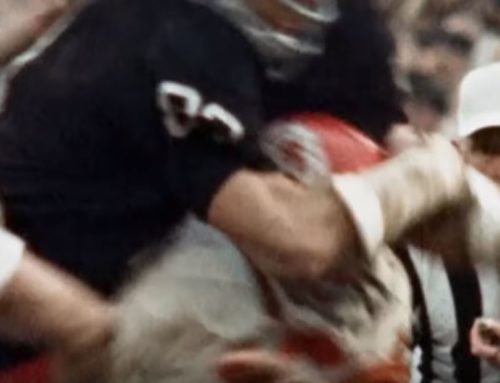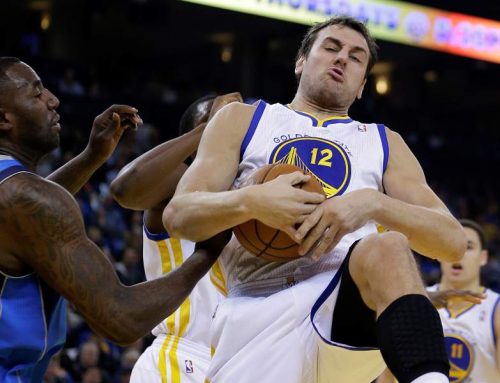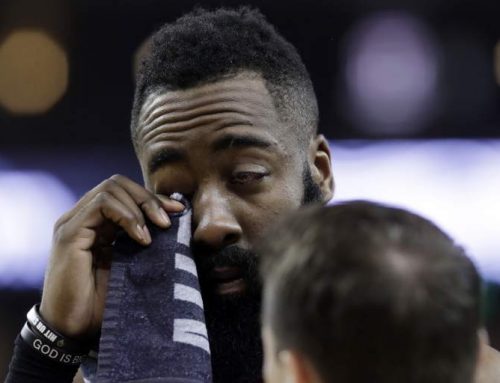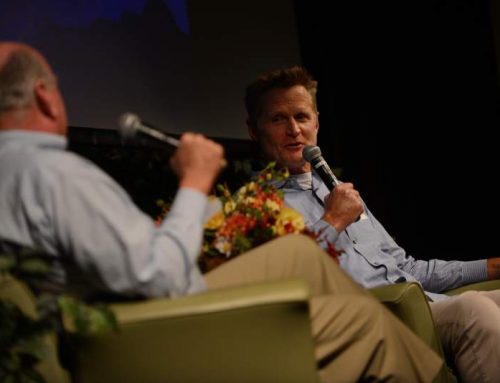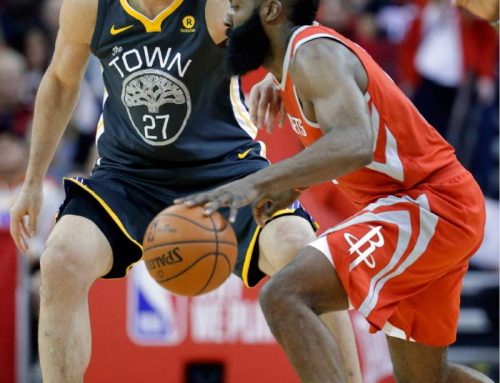A few weeks ago, an editor emailed me with a story idea. There was this girl, Mary Aguilar, who played basketball for tiny Technology High in Rohnert Park. Tech had just wrapped up a dismal season, winning one league game, but Aguilar’s numbers put her among the best players in her league. It might be nice to give her some overdue attention.
What really made the editor take notice, though, weren’t Mary’s basketball stats. It was her appearance. In researching her, he came across her Facebook page, and there was Mary dressed for her prom in a tux, alongside her girlfriend, who wore a traditional prom dress. There was also a link to video of Mary playing the guitar and singing. At the risk of sounding all grandpa-driving-Oldsmobile here, she was a girl who looked like a boy.
Would I be interested in a story?
Well, I had some reservations. Mary seemed like an interesting kid, and a good player. But basketball season was done, and it’s not like she’d had a huge impact on local sports playing for Tech. If we put together a longer feature on Mary Aguilar, it would be about who she is, not how she shoots or dribbles, and that could be a thorny endeavor.
We write about a lot of things in the Press Democrat’s sports department – injuries and illnesses, drugs and recovery, violence on and off the field. But a teenager’s sexuality? It seemed invasive. I mean, we don’t make a habit of asking all the straight kids about their girlfriends and boyfriends. It would be creepy, right? So why would we make it a focus here, for the LGBT kid? And yeah, you can soften the lines a little by citing “gender identity” rather than “sexual identity,” but that’s a cop-out. We would be calling attention to a teen athlete’s sexuality.
And it wasn’t just the idea of exploiting Mary’s personal life for the sake of a story. I also worried that while some readers would be bothered by her sexual orientation (and let them be offended), more would see the paper as stodgy for making a big deal out of it. The last thing I wanted was a story that read like: “Look! This girl dresses like a boy! It’s called a ‘lesbian’!”
It all made me a little uneasy, but I ultimately decided the story had merit. Sexual orientation has been one of the biggest topics in sports for the past year or two, or will continue to be for a while. Michael Sam and Jason Collins have become the spokesmen, but there are many college- and high-school-aged athletes who are dealing with the same issues Sam and Collins have confronted.
And what are those issues? What is life like for gay teen athlete in 2014? Are you called names and bullied? Do you hear whispers behind your back in the school hallway? In the locker room? Or are people, especially your contemporaries, cool with who you are? Do sports offer a refuge where everyone is judged on his/her merits, or do they punish nonconformists? Do lesbian athletes wish they could play for the boys’ teams?
I wanted to know the answers to these questions. I thought our readers might, too.
I sounded out Mary’s coach, and then Mary herself. I asked her if she would be comfortable talking to me about personal issues – about her sexual orientation – and she said yes. Still, I decided that when we met for the interview, I would make it clear that she could back out of the story if she felt overexposed.
Of course, I didn’t know Mary Aguilar. Shrinking violet? Not exactly.
I had a delicate line of questioning plotted out. I would start with basketball and move artfully into more intimate subject matter. I wouldn’t push her where she didn’t want to go. I would use clever 21st Century terms like “transgender.”
That didn’t really fly.
“I don’t like that word,” Mary said. “I’d prefer you say I’m a lesbian.”
And then she was off to the races. I asked Mary about basketball, and she answered about basketball, and the way she dresses, and her family, and her girlfriend, and her music, and the positive and negative experiences she has encountered as someone who looks a little different than most girls her age. The kid was an open book.
I was worried about making Mary feel comfortable during our interview, and it was she who put me at ease. After that interview, I felt a lot better about the story, which you can read here. Did we handle it the right way? Let me know.

